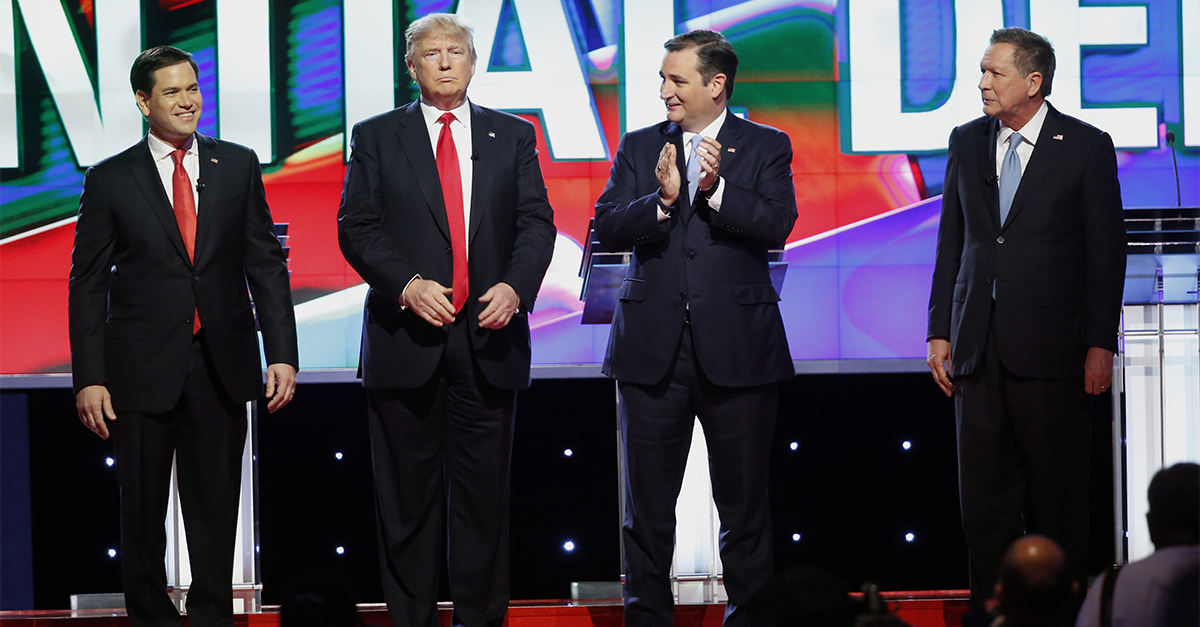A study published by the Journal of Economics concluded that a candidate’s attractiveness correlates with their political leanings, with those on the right in Europe, the United States and Australia being viewed as more attractive.
Videos by Rare
RELATED: New revelations have researchers saying an iceberg wasn’t the main factor in the sinking of Titanic
The Journal showed participants photos of political figures in Finland, members of the European Parliament, U.S. senatorial and gubernatorial candidates, and candidate’s for Australia’s House of Representatives and asked participants to rate the pictures from 1 to 5, with 5 being “very handsome or beautiful” and 1 being “very unattractive.” Based on the responses, conservative politicians are considered to be better looking across the board than liberal ones.
As for an explanation behind the results, the Journal deduced two possibilities: one economic explanation and one psychological one. They cited that attractive people tend to earn more money and that people with more money tend to oppose leftist policies (such as redistribution of wealth and welfare programs) and to agree with conservative economic policies. The Journal’s psychological explanation argues that “good-looking people are more likely to perceive the world as a just place, since they are treated better than others, achieve higher status and are happier – and a frequent reason for people to sympathize with the left is a perception of the world as unfair.”
In addition, the study also found that voters tend to use attractiveness as a “cue for conservatism in low-information elections.” In other words, when respondents weren’t given much information on candidates, they assumed better looking candidates leaned to the right. In fact, a beauty increase of one point attracted 20 percent more votes for conservative candidates and only 8 percent more votes for liberal ones when participants knew little about the candidates’ platform. However, in high-information elections, appearance seemed to matter equally to voters on each side, with a beauty increase of one point bringing in 14 percent more votes for candidates on both the right and the left.
RELATED: Research shows that one common spice may fight certain types of cancer better than chemotherapy



